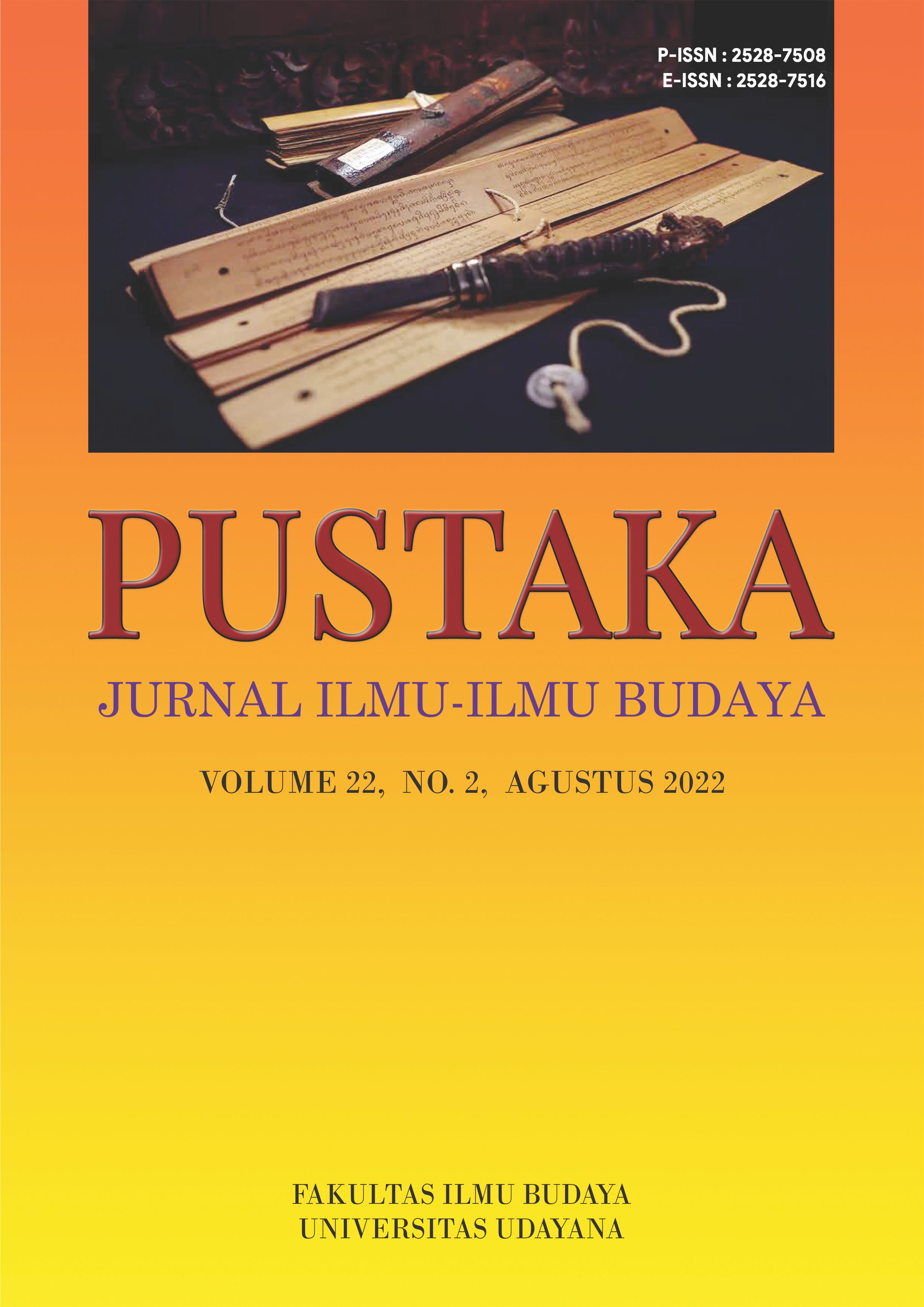Women's Language Features Used by Taylor Swift in the 2015 Grammy Interview Video
Abstract
This study entitled Women’s Language Features Used by Taylor Swift in Grammy Interview Video 2015 is aimed to identify women’s language features and to analyze the language function used by Taylor Swift. All of the data were taken from the utterances delivered by Taylor Swift. The transcribe of the video were made by the author. Documentation method and note-taking were applied in collecting the data. In analyzing the data, Mixed-method was applied using Lakoff (2004) and the theory about language function proposed by Judy Pierson (1985) as supporting theory. As a result, there are 95 features of women’s language. Those were lexical hedges or filler, intensifier, hypercorrected grammar, super polite form, avoidance of strong swear words, and emphatic stress. The most dominant features occur in her utterance is intensifier. She used those features because she wanted to deeply emphasize or strengthen her utterances to attract the audience’s and the presenter’s attention. Not all types of women’s language features were used by her. Taylor Swift did not use four kinds of features such as tag questions, rising intonation on declarative, empty adjectives and precise color terms. Based on the findings of the features, there were three language features element in her utterances, such as to soften an utterance, to start a discussion and to express feelings or opinions. The language function element such as to express uncertainty and to get response were not found in her utterances. Each of the women’s language feature have one language function.
Downloads
References
Coates, J. (2004). Women, Men, and Language: A Sociolinguistic Account of Gender Differences in Language. Pearson Education.
Creswell, J. W., & Creswell, J. D. (2011). Research design: Qualitative, quantitative, and mixed methods approach. 4 ed. Thousand Oaks, CA: Sage publications.
Creswell, J. W., & Clark, V. L. P. (2017). Designing and conducting mixed methods research. 1 ed.
Thousand Oaks, CA: Sage publications. Gries, S. T. (2009). Quantitative Corpus Linguistics with R: A Practical Introduction. New York:
Routledge. Holmes, J. (2008). An Introduction to Sociolinguistics. 3 ed. London: Routledge. Lakoff, R. (1973). Language and Woman's Place. Language in Society, 2(1), 45-80.
Lakoff, R., & Lakoff, R. T. (2004). Language and woman's place: Text and commentaries (Vol. 3). USA: Oxford University Press.
Trudgill, P. (1972). Sex, covert prestige and linguistic change in the urban British English of Norwich. Language in society, 1(2), 179- 195.
Trudgill, P. (2000). Sociolinguistics: An introduction to language and society. UK: Penguin. Wardhaugh, R. (2006) An Introduction to Sociolinguistics. 5 ed. Malden, Mass., USA: Blackwell Pub.










